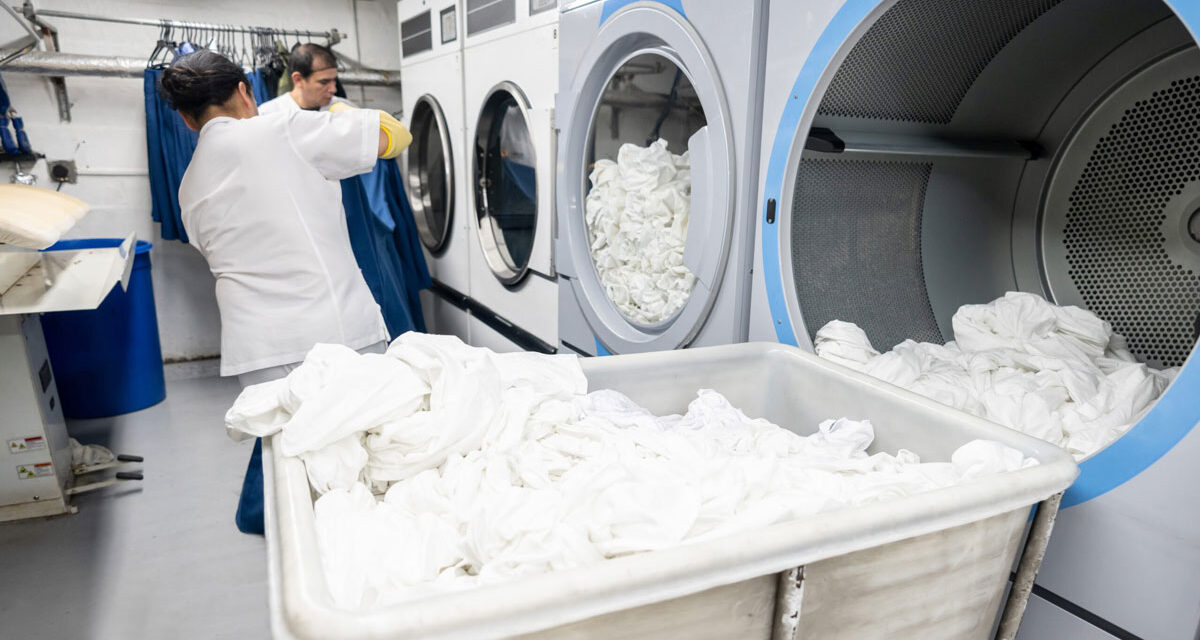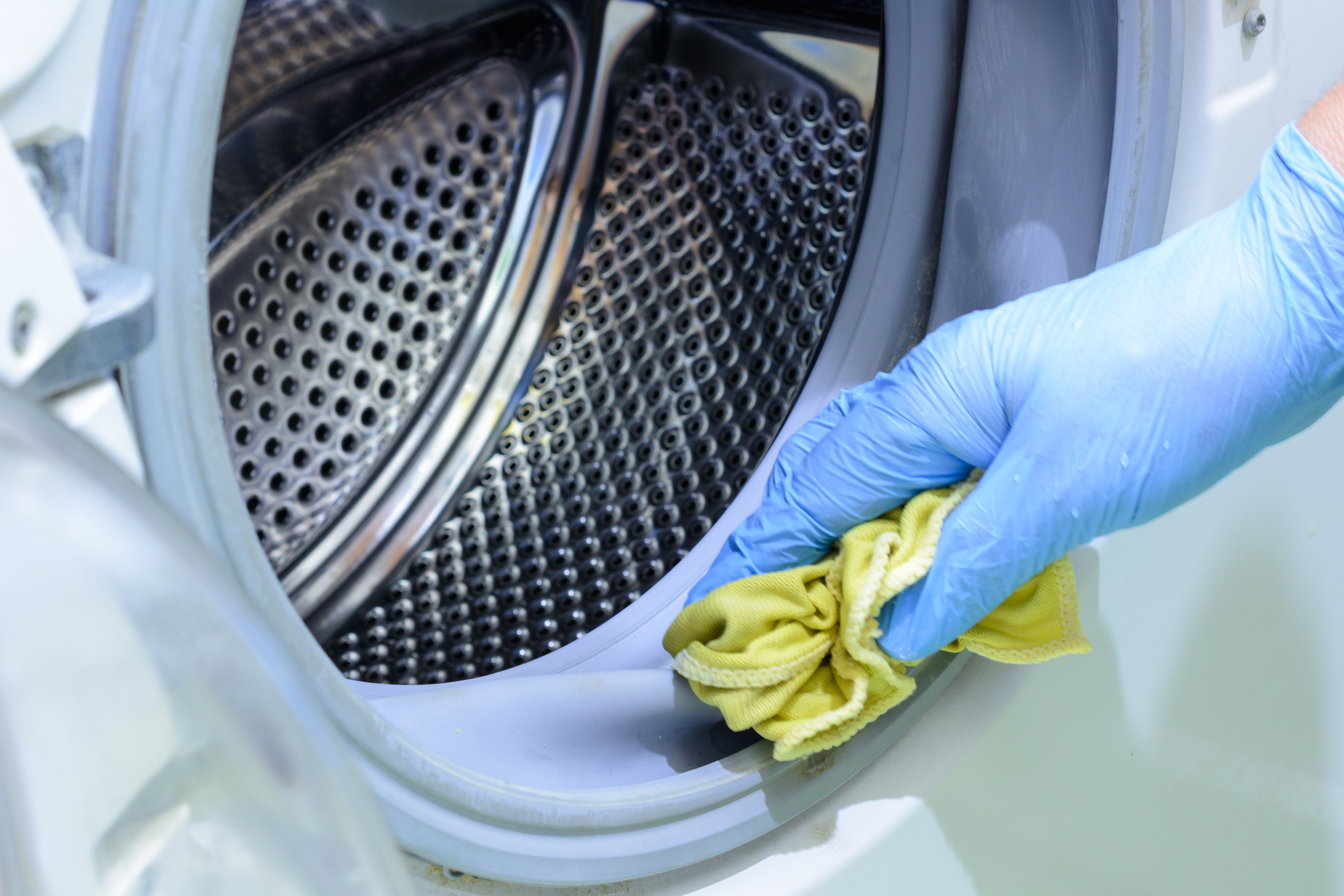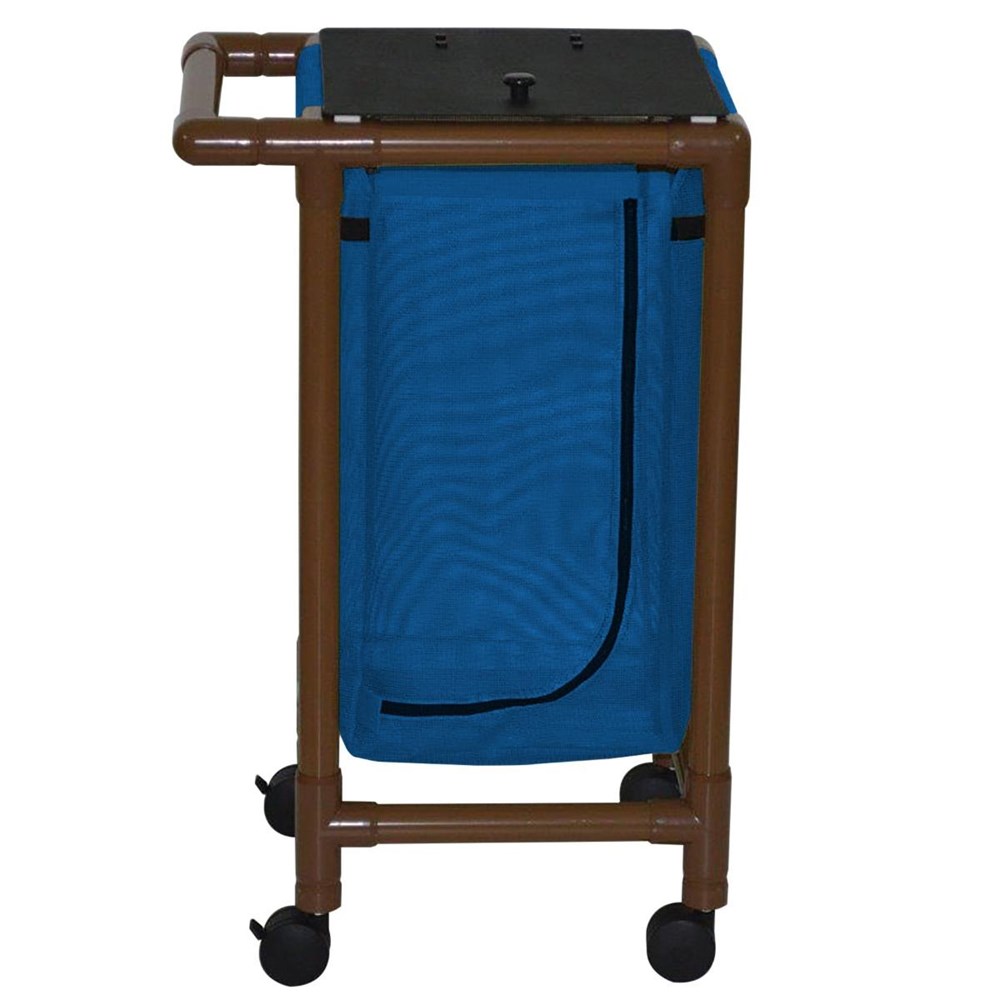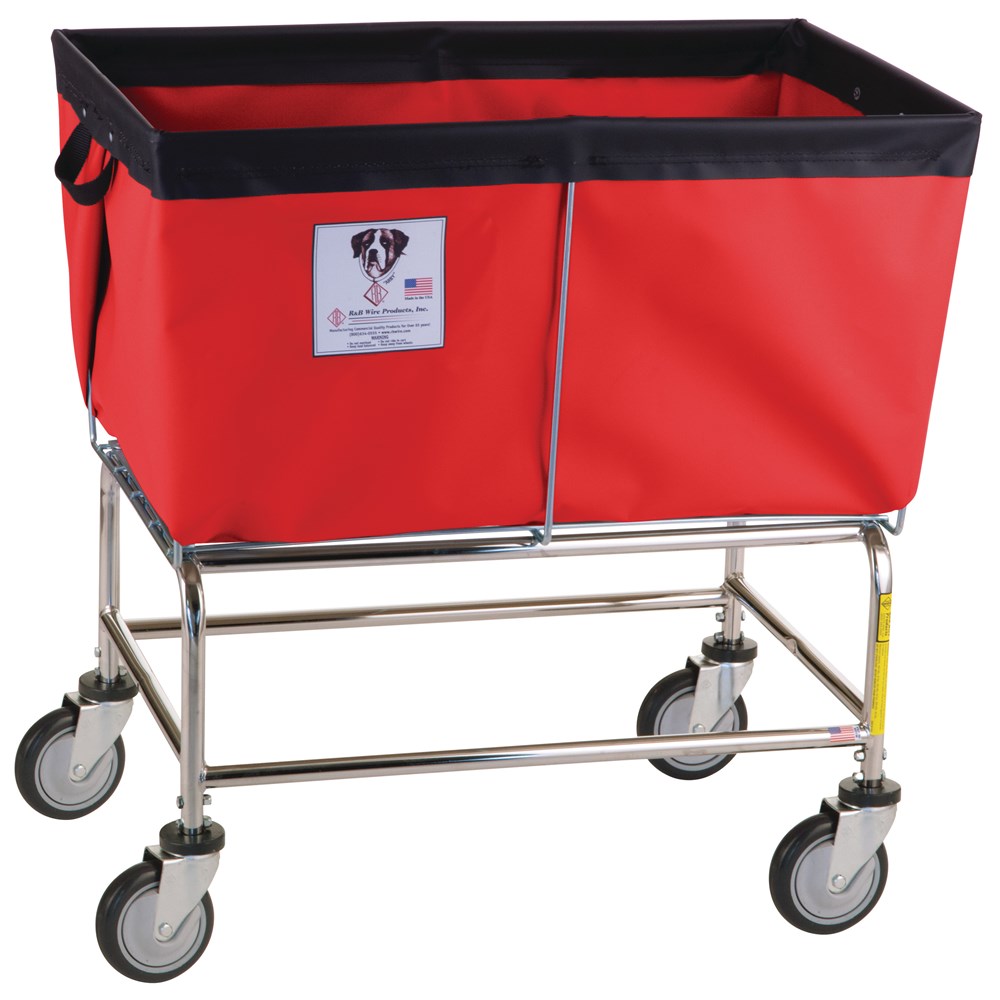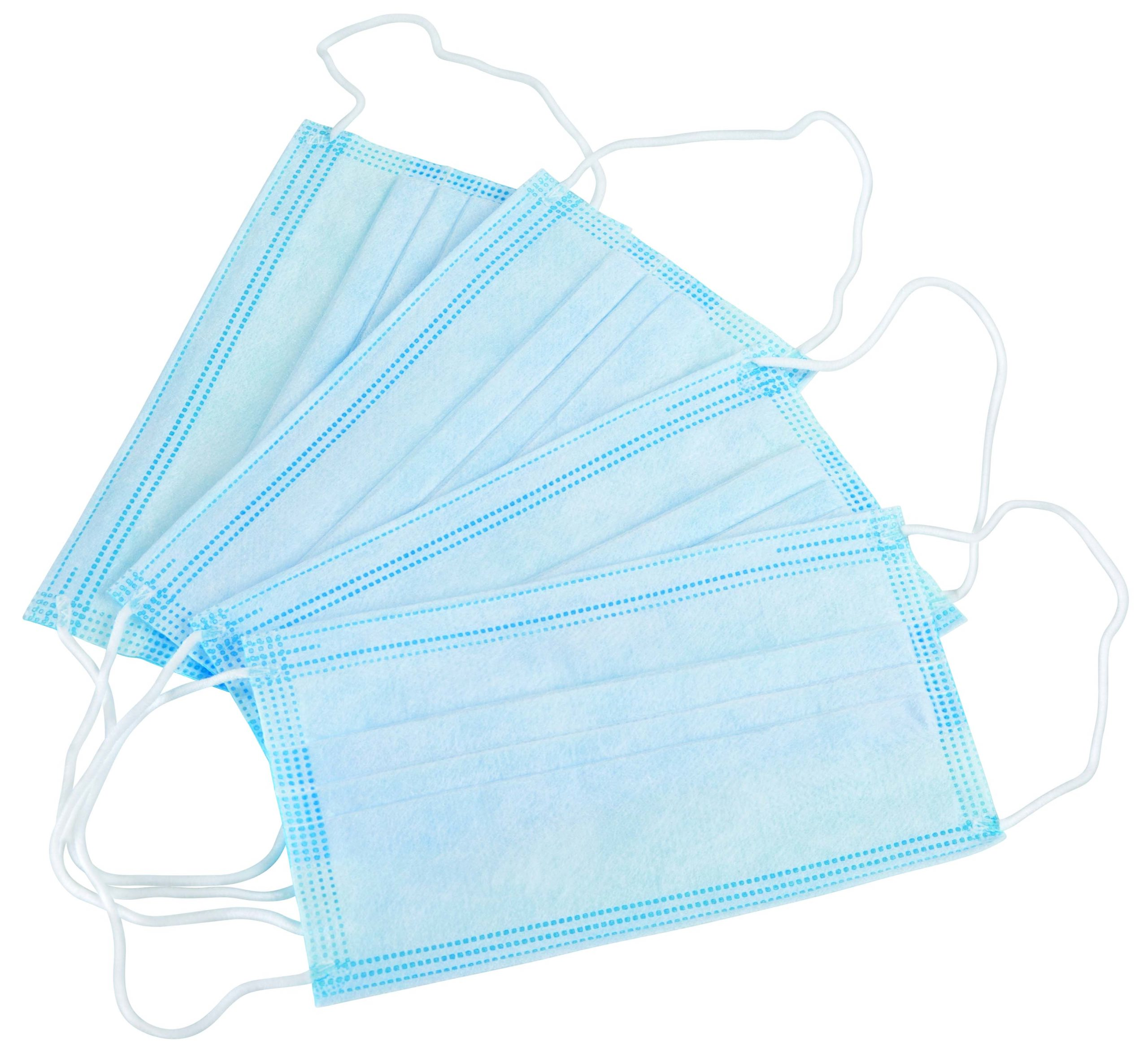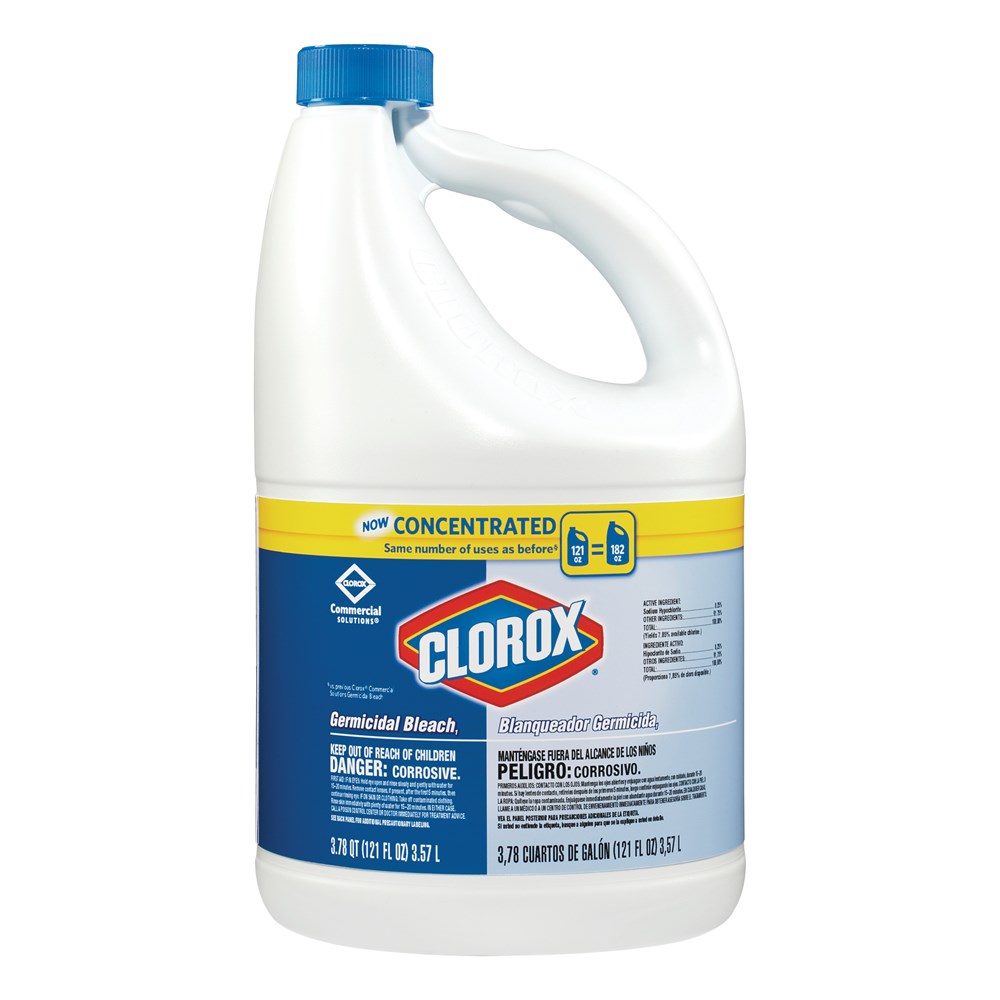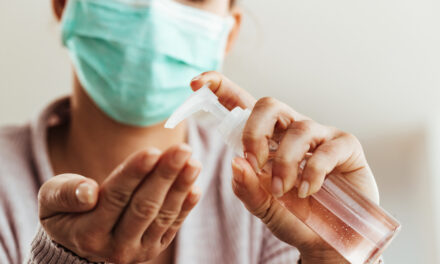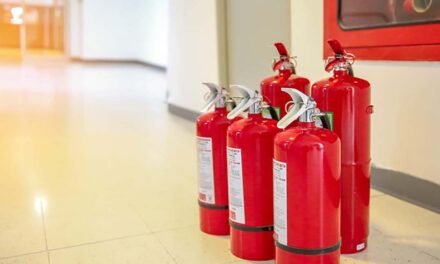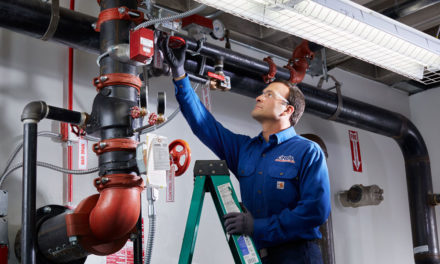Proper healthcare laundry procedures and disinfecting applications are critical to infection control, and slowing or stopping the spread of viruses, bacteria and pathogens. CDC laundry regulations1 outline a number of healthcare laundry guidelines, protective measures and recommendations that may be applied to healthcare buildings, including Senior Living. Explore 4 common mistakes made during the laundry process and recommended healthcare laundry guidelines that will help to help ensure safer, more compliant communities. Read below for healthcare linen management mistakes and tips for the best hygienically clean laundry management program.
Mistake #1: Lacking Established Healthcare Laundry Processes and Protective Measures
Many Senior Living and healthcare laundry departments aren’t aware of the many tasks necessary to properly process all laundry in their facility. Others may be aware of the proper steps, but lack the physical space, equipment or supplies to efficiently and effectively clean and disinfect their laundry. Make sure your staff and community are following established healthcare laundry guidelines.
Implement these linen management best practices to help ensure you have the right protection and processes in place:
- Use PPE – Make sure sufficient PPE (typically gloves and gowns) is available and worn by staff when handling dirty linens or personals
- Bag at the Point of Collection – Use laundry bags for soiled linens and personals at the point of collection. Only minimally touch again until they are in the designated soiled laundry area of the building to avoid contamination of air, surfaces and people by using laundry carts, hampers and more
Evidence of Airborne Infectious Disease Transmission Adds Importance to Bagging and PPE
It’s increasingly evident that one of the primary ways COVID-19 is transmitted is by aerosolized (airborne) particles,2 which makes protective measures during the bagging and unbagging of contaminated laundry even more important. Virus-containing aerosols can be generated through mechanical means,3 such as during the handling of contaminated linens and personal items.
Ensure staff don proper PPE, including gloves, gowns and masks, both during bagging at the point of collection and unbagging just prior to laundering when handling potentially COVID-19 or other infectious laundry.
- Store Clean and Soiled Laundry Separately – Designate different areas to keep soiled laundry separate from clean laundry
- Perform Hand Hygiene – Staff should wash their hands with soap and water for 20 seconds immediately after removing gloves, gowns and other PPE. Position handwashing stations near where PPE is likely to be removed
Mistake #2: Not Following Temperature Recommendations and Fabric Laundry Processing Instructions
Ensure your community follows recommended healthcare laundry guidelines where applicable when it comes to recommended temperatures, disinfectants and detergents.
Achieve the Recommended Temperature and Duration – CDC laundry regulations and CMS regulation on infection control recommend textiles approved for hot water temperatures be washed in temperatures of 160°F for 25 minutes.
Use Chlorine Bleach When Appropriate – Low temperature washing at 71° to 77°F with a chlorine bleach rinse can effectively reduce microbial contamination as well. Bleach can cause some textiles to break down and therefore isn’t recommended for all types of fabric. Follow fabric manufacturer’s recommendations for laundering linens and resident personals as much as possible.
Use EPA-Approved Germicidal Detergent –Every linen item must be cleaned and disinfected with an EPA-approved germicidal detergent between resident use. This includes moisture-resistant mattress, cushion and pillow covers.
Mistake #3: Laundry Machines Are Not Disinfected
Don’t forget about the laundry machines in your healthcare facility. Take a disinfectant wipe to the inside of washing machines and dryers in between cycles to remove additional microbes that may not have been eliminated during the laundry process. To avoid ruining certain textiles, do not use a bleach wipe. Hydrogen peroxide wipes offer similar kill claims with fewer harmful aftereffects. Be sure that any disinfecting wipe is an EPA-registered List N disinfectant.
Mistake #4: Healthcare Hampers Are Not Disinfected
Hampers play an important role in healthcare linen service and infection prevention. Clean and disinfect all clothes and linen hampers after each use using a non-bleach disinfecting wipe after each use.
Implement Healthcare Laundry Guidelines with Solutions and Support from Direct Supply
Find everything you need to ensure to help reduce disease transmission and cross-contamination through your laundry services with Direct Supply’s full lineup of laundry essentials. With these healthcare laundry guidelines, your community can provide the optimal clean linen service and patient care.
Questions?
Call your account manager or 1-800-634-7328 to discuss how Direct Supply can help you maximize your laundry program.
References
1Laundry. (2015, November 05). Retrieved October 29, 2020, from https://www.cdc.gov/infectioncontrol/guidelines/environmental/background/laundry.html
2Zhang, Renyi et al. “Identifying airborne transmission as the dominant route for the spread of COVID-19.” Proceedings of the National Academy of Sciences Jun 2020, 117 (26) 14857-14863; DOI: 10.1073/pnas.2009637117, https://www.pnas.org/doi/10.1073/pnas.2009637117
3Judson, Seth D, and Vincent J Munster. “Nosocomial Transmission of Emerging Viruses via Aerosol-Generating Medical Procedures.” Viruses vol. 11,10 940. 12 Oct. 2019, doi:10.3390/v11100940, https://www.ncbi.nlm.nih.gov/pmc/articles/PMC6832307/
